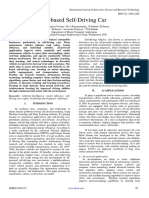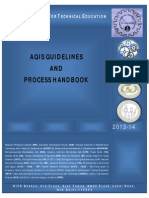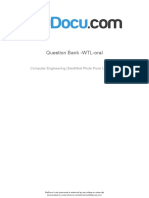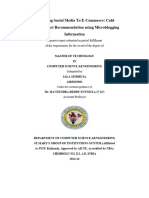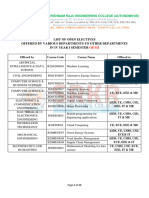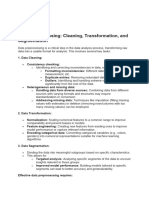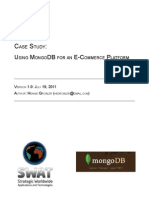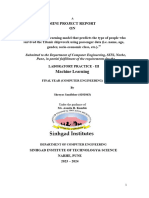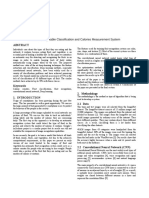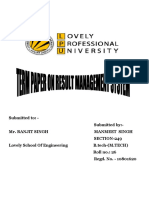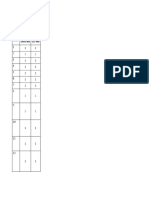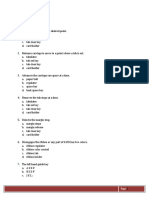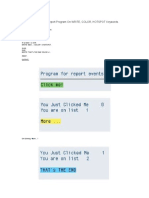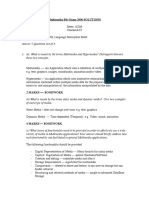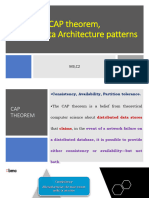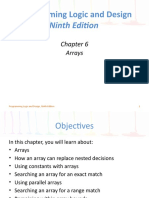0% found this document useful (0 votes)
167 views11 pagesData Analytics and Reporting - Notes Unit 1 and 2
Bjjkskwkjwnwnskkwmwmwkkwkwmwkwkkwmkwkwkwkwkwkkwkwkwlwllwlwlwlkwlwnmwmmwmwmwmwkkwkwkwkkklwllwlwlwllwlllllalalqllqlviiakwnkwlwmwl
Uploaded by
shuklarudraksh990Copyright
© © All Rights Reserved
We take content rights seriously. If you suspect this is your content, claim it here.
Available Formats
Download as PDF, TXT or read online on Scribd
0% found this document useful (0 votes)
167 views11 pagesData Analytics and Reporting - Notes Unit 1 and 2
Bjjkskwkjwnwnskkwmwmwkkwkwmwkwkkwmkwkwkwkwkwkkwkwkwlwllwlwlwlkwlwnmwmmwmwmwmwkkwkwkwkkklwllwlwlwllwlllllalalqllqlviiakwnkwlwmwl
Uploaded by
shuklarudraksh990Copyright
© © All Rights Reserved
We take content rights seriously. If you suspect this is your content, claim it here.
Available Formats
Download as PDF, TXT or read online on Scribd
/ 11

